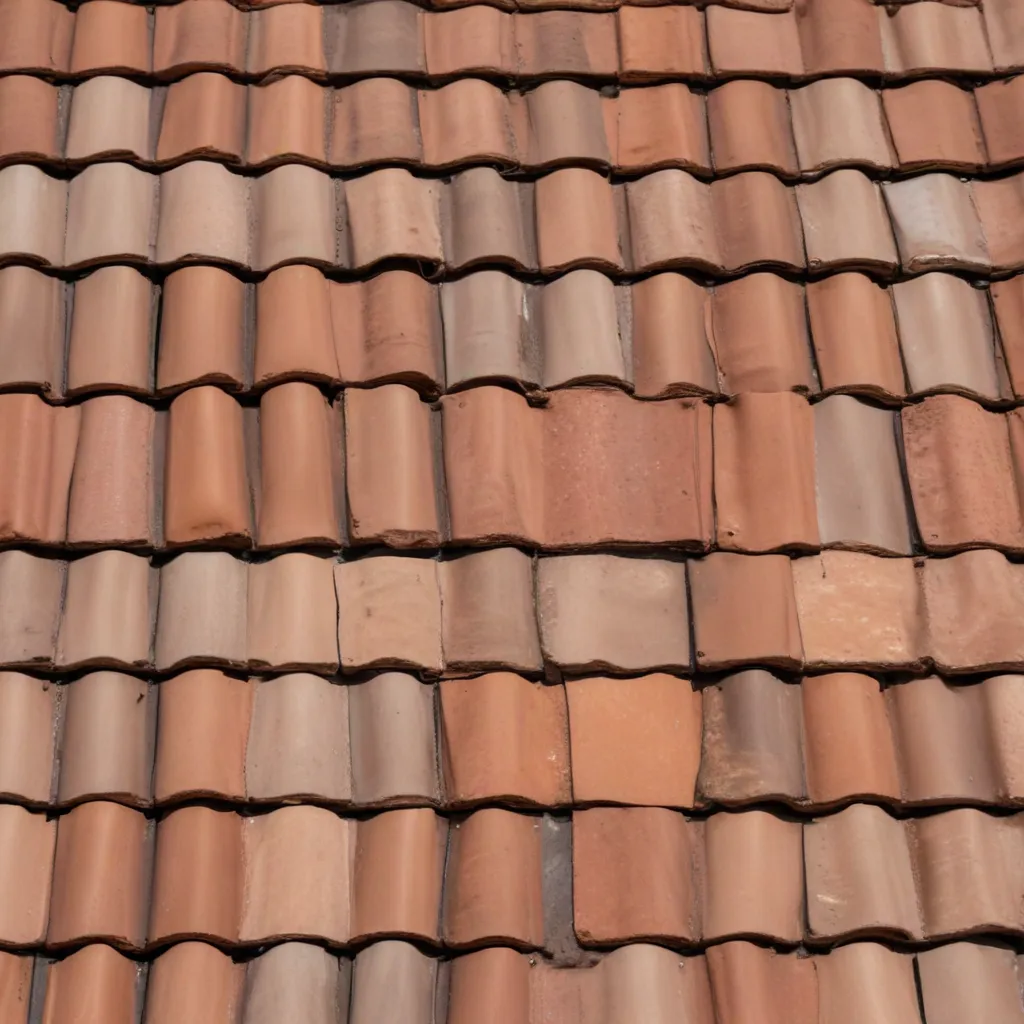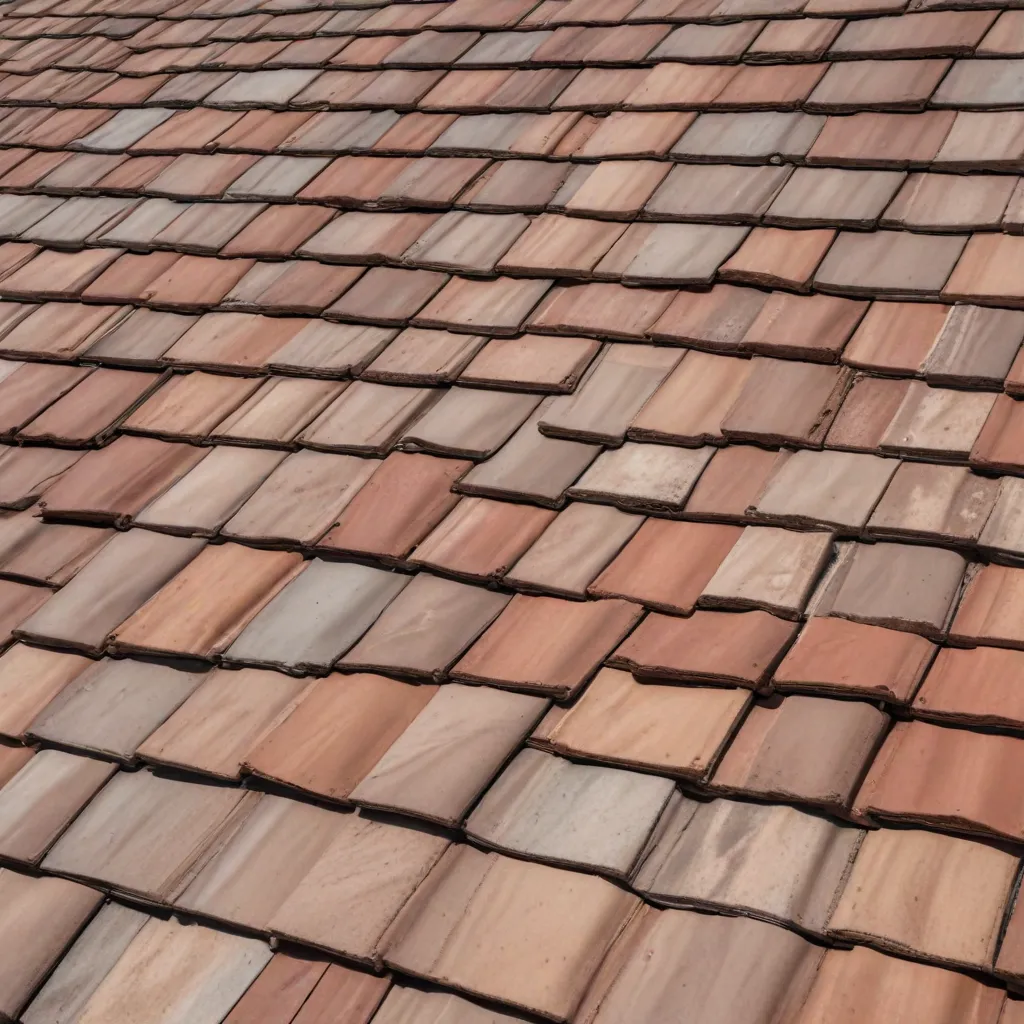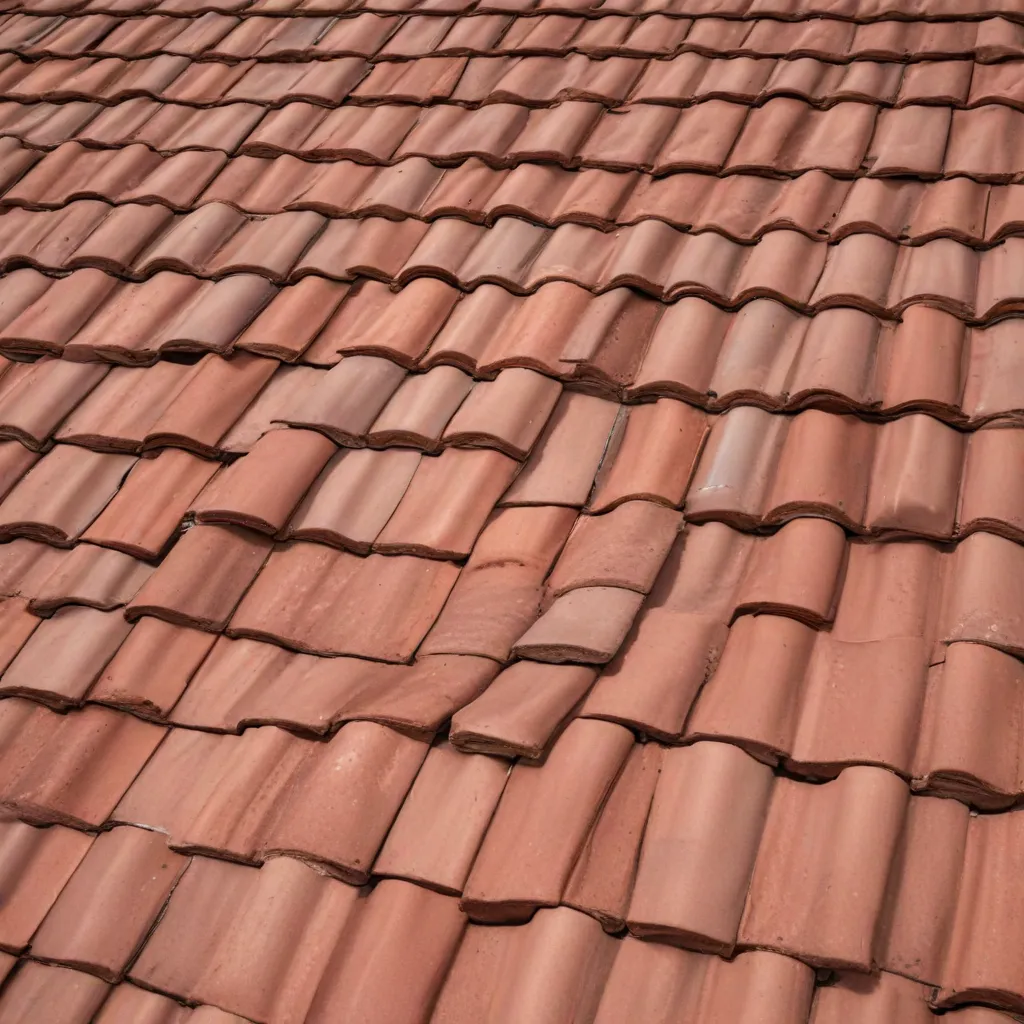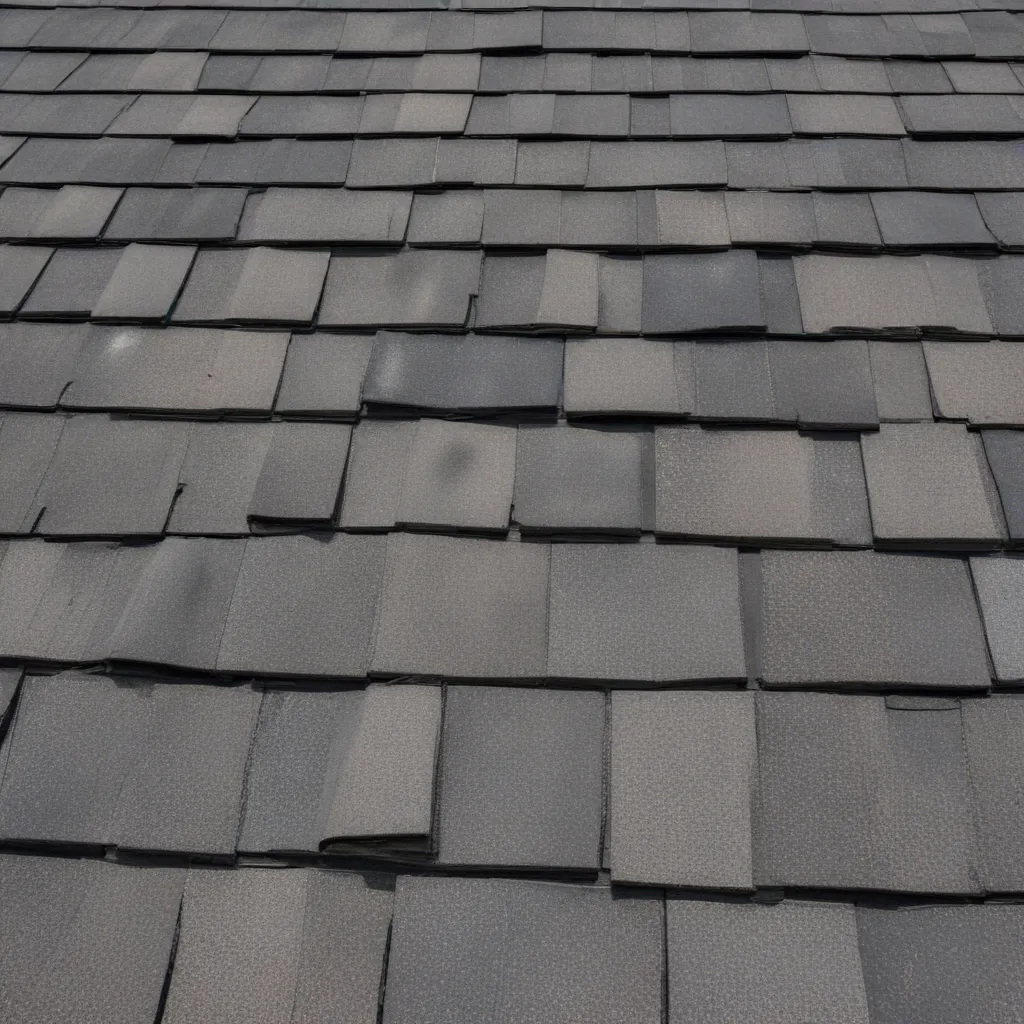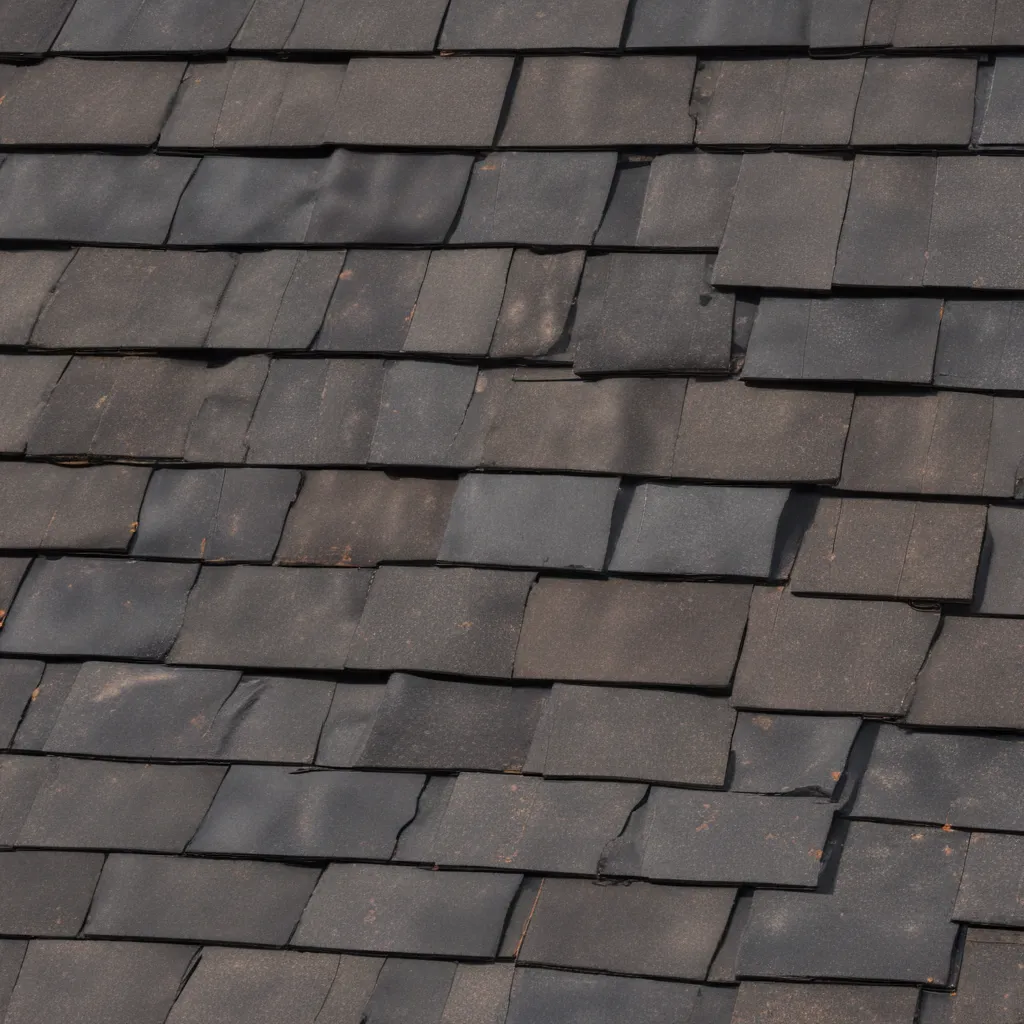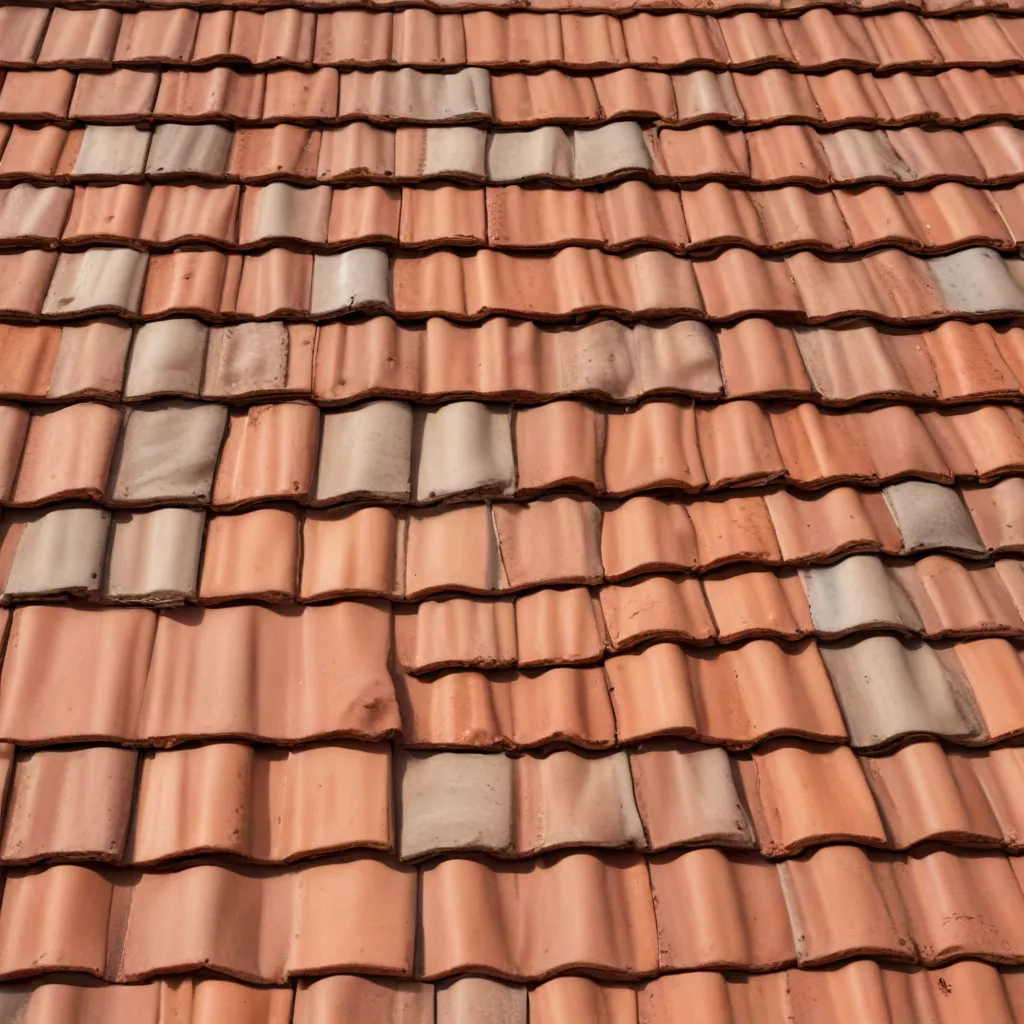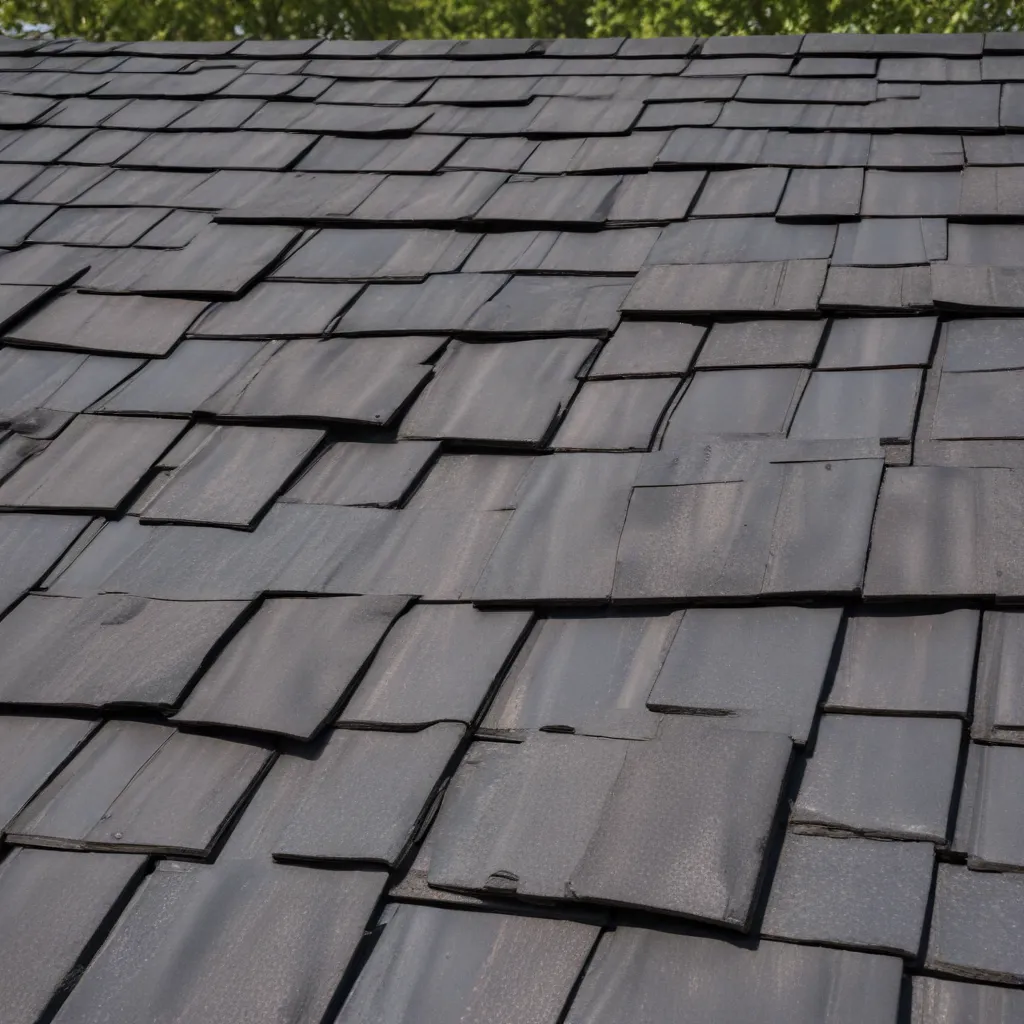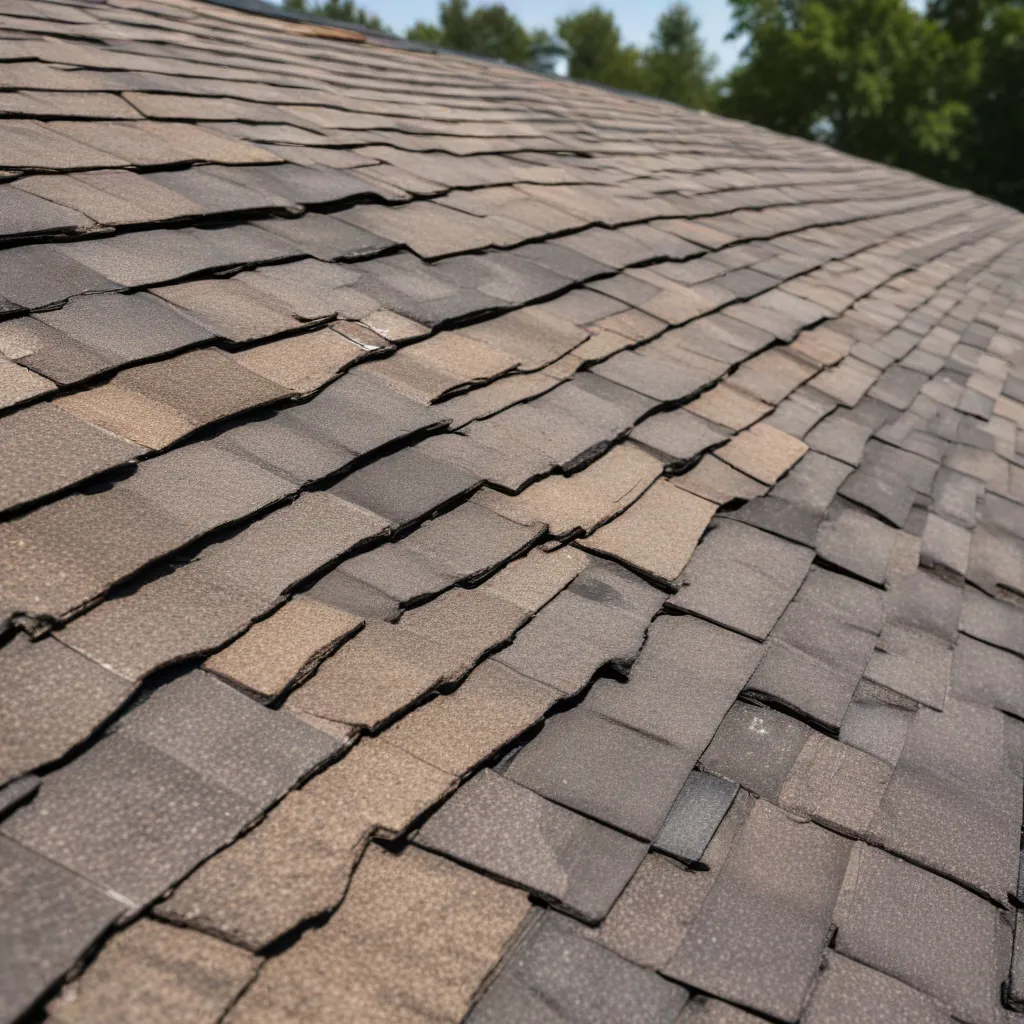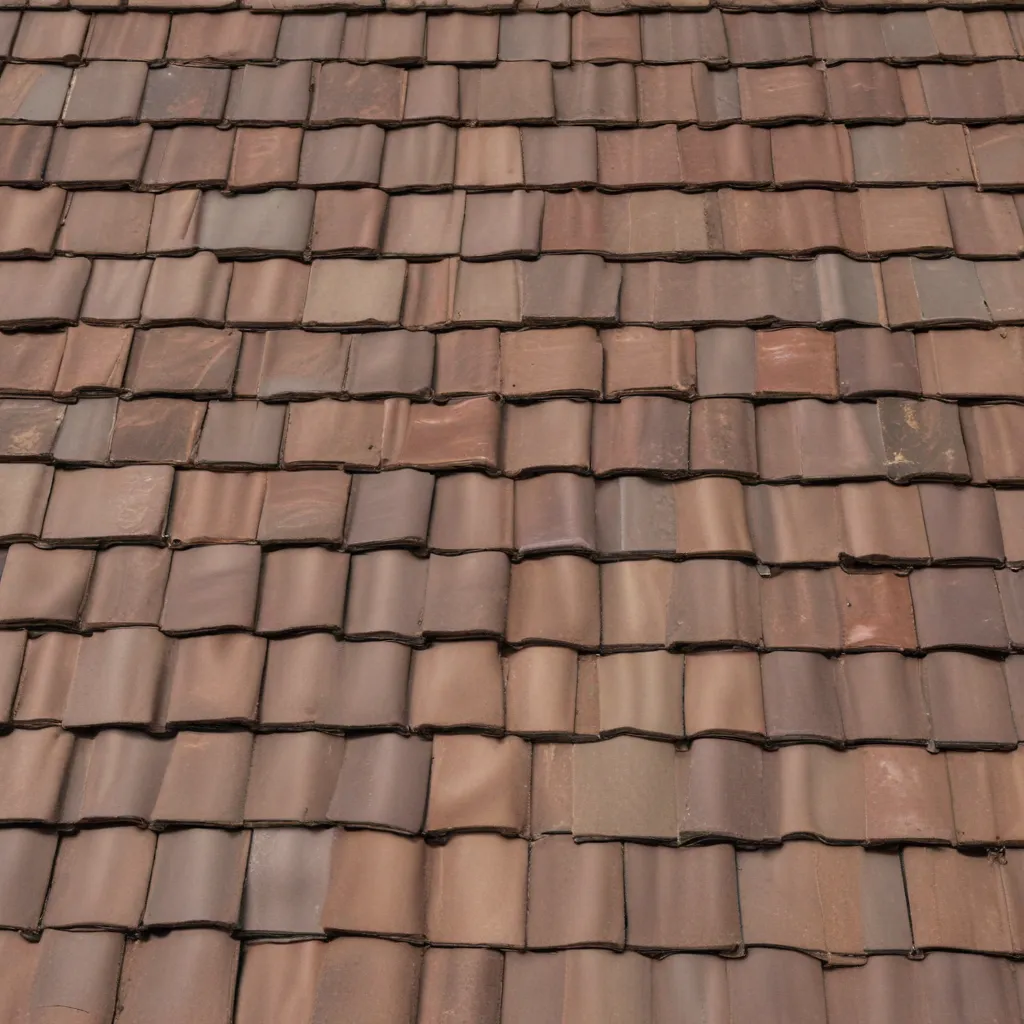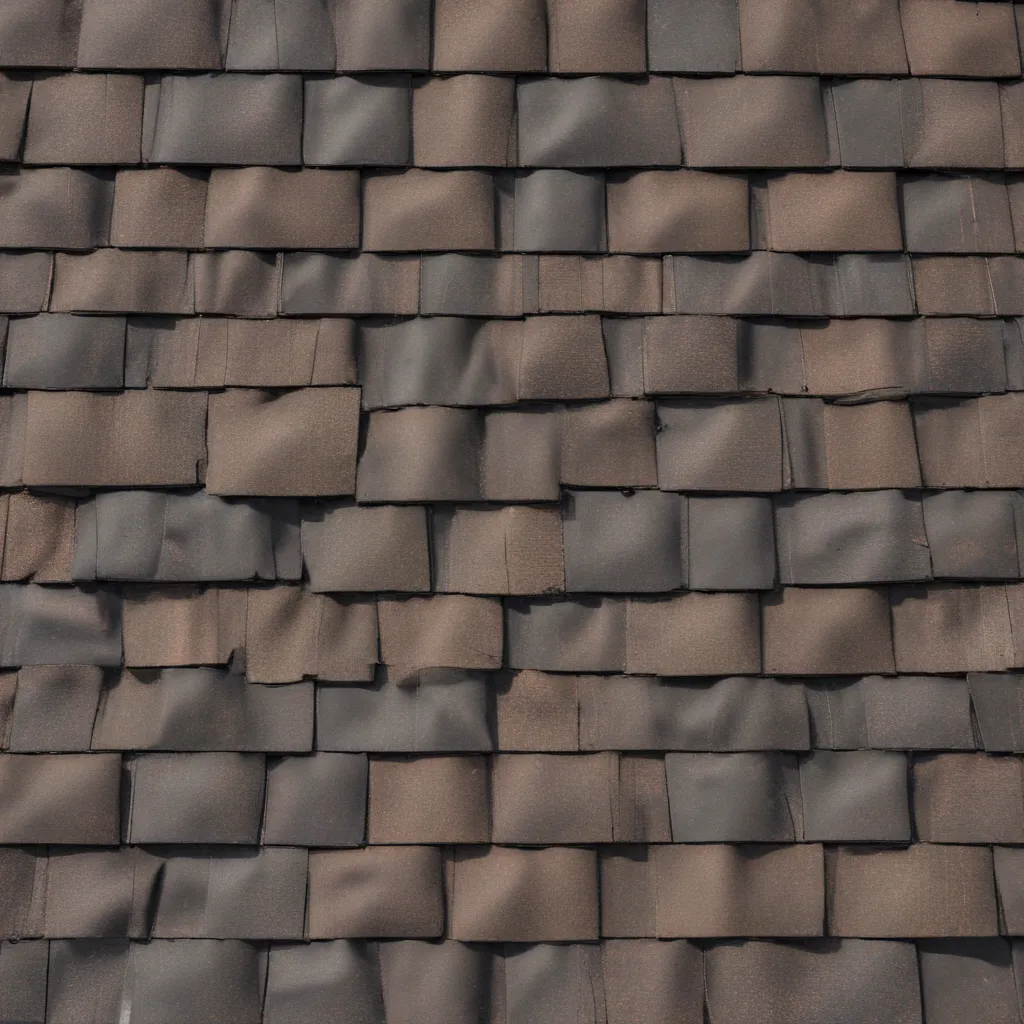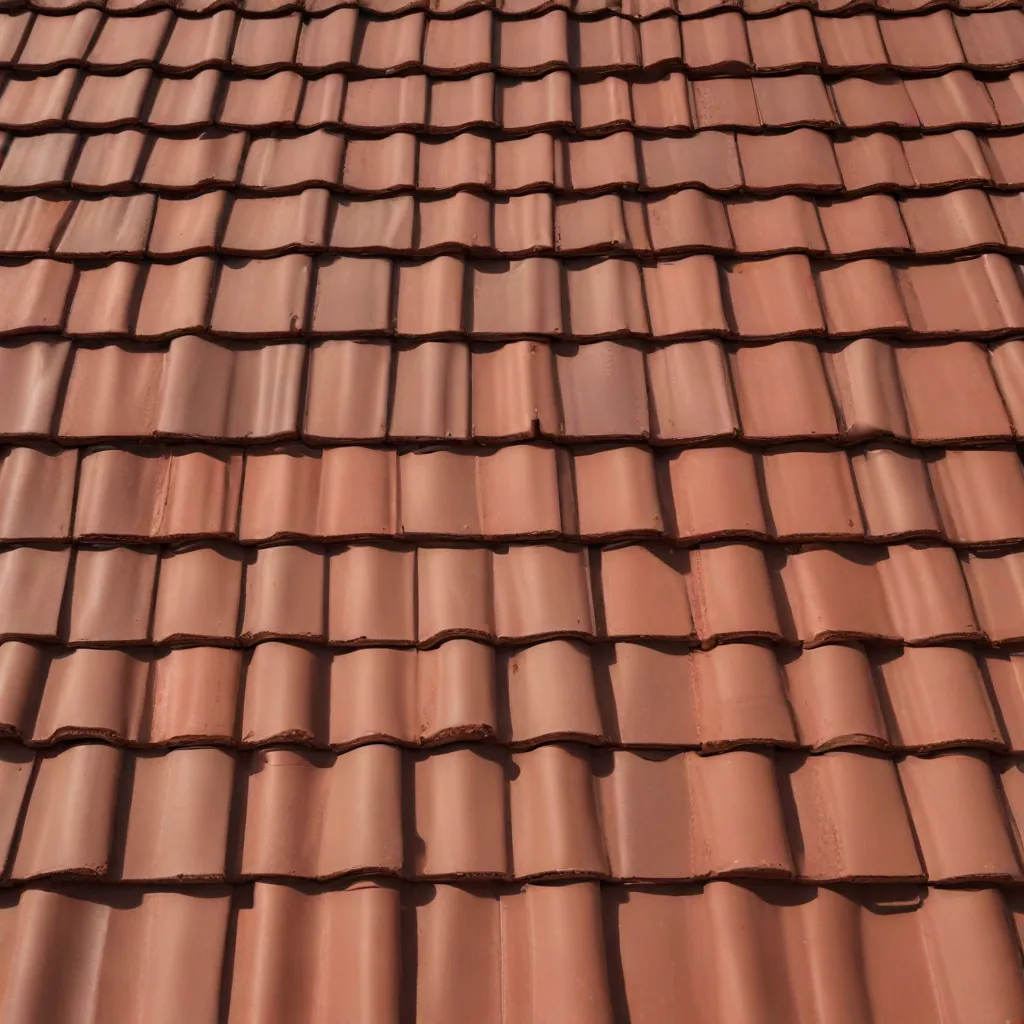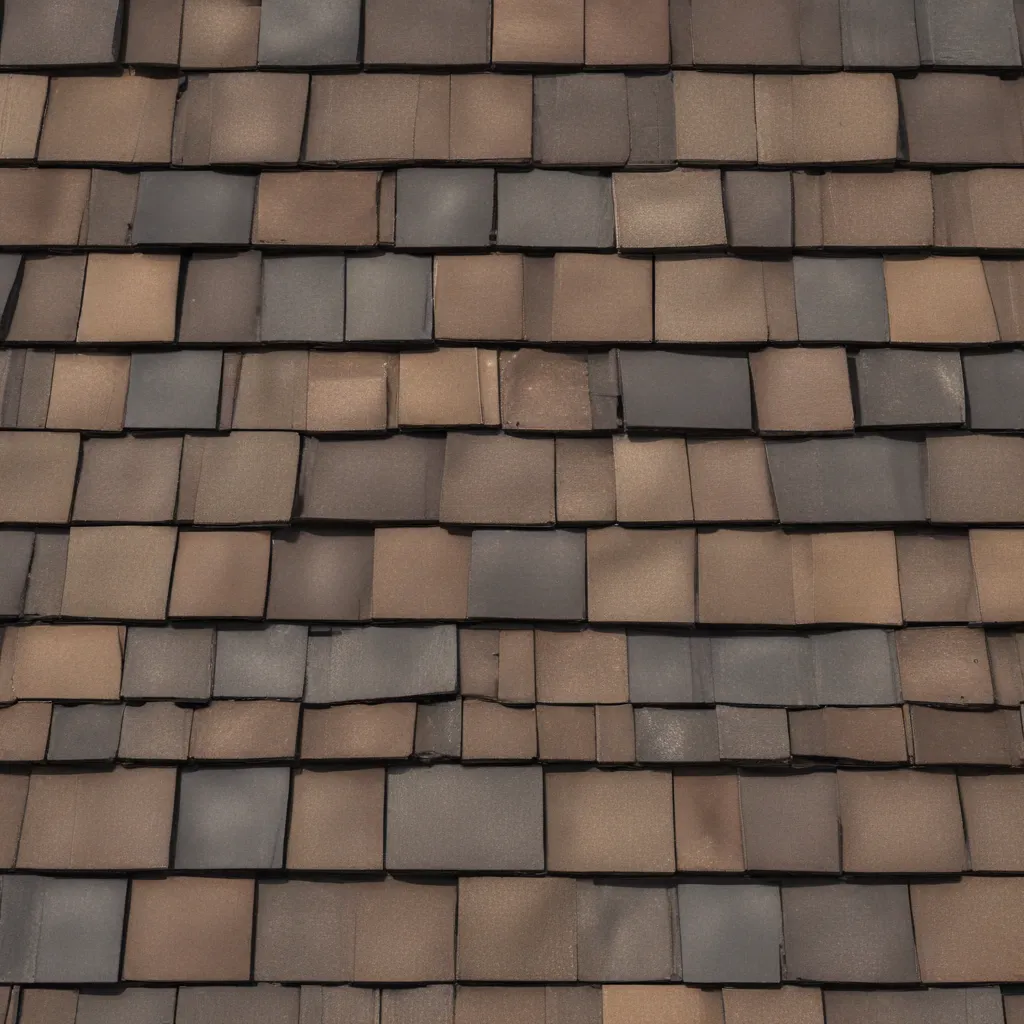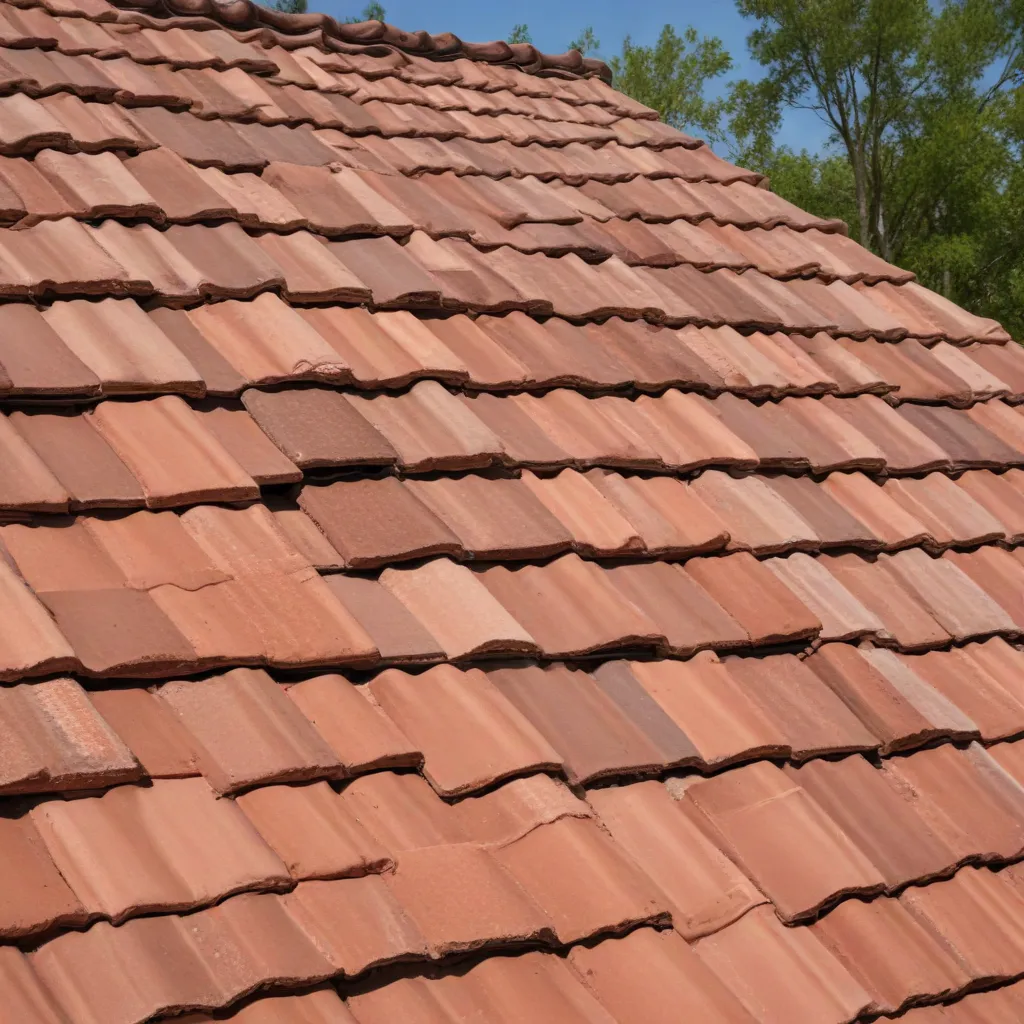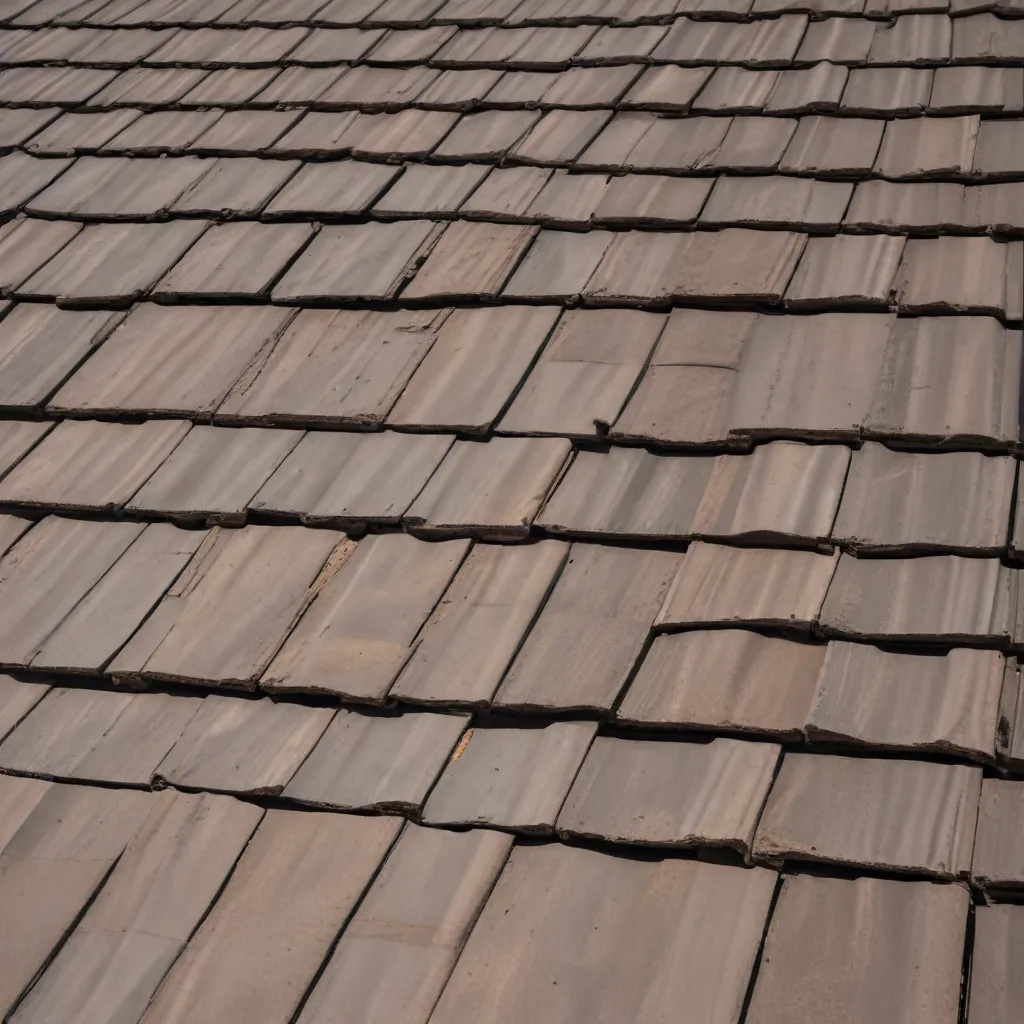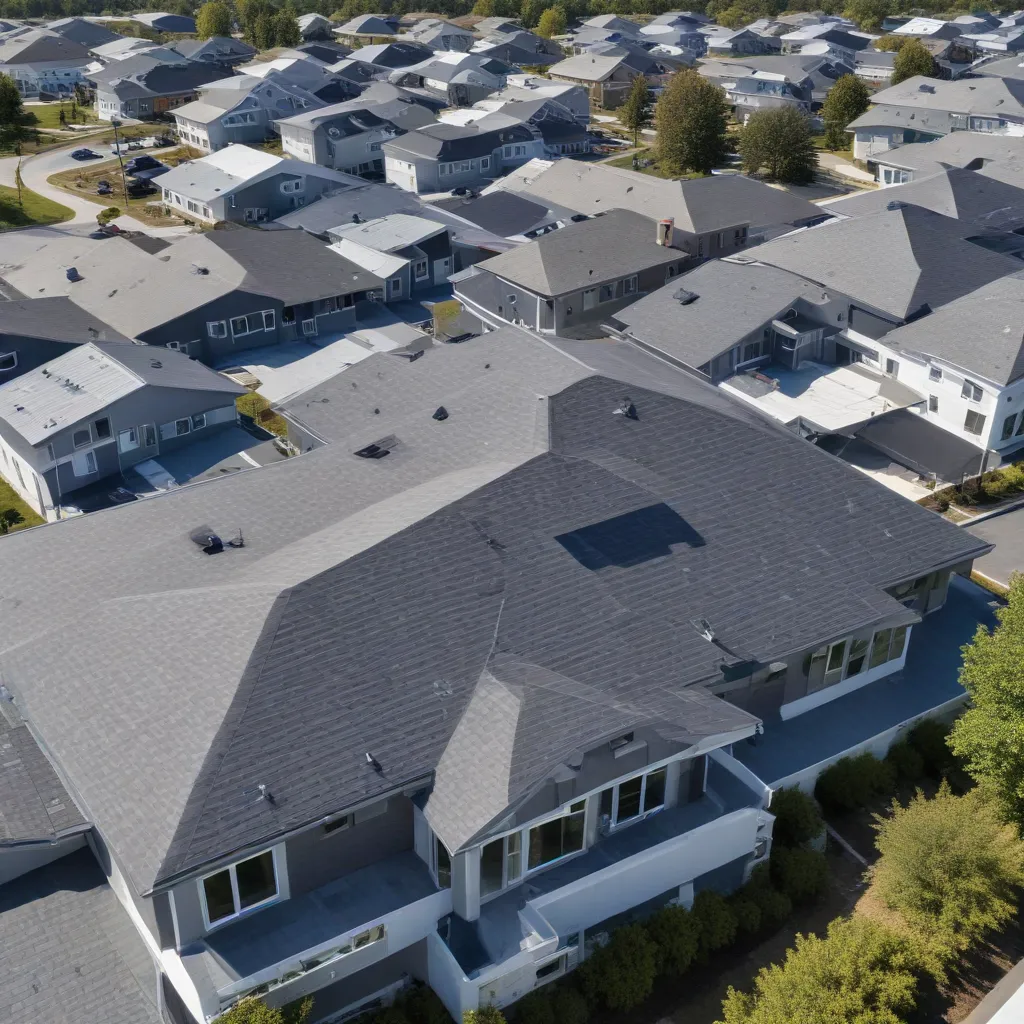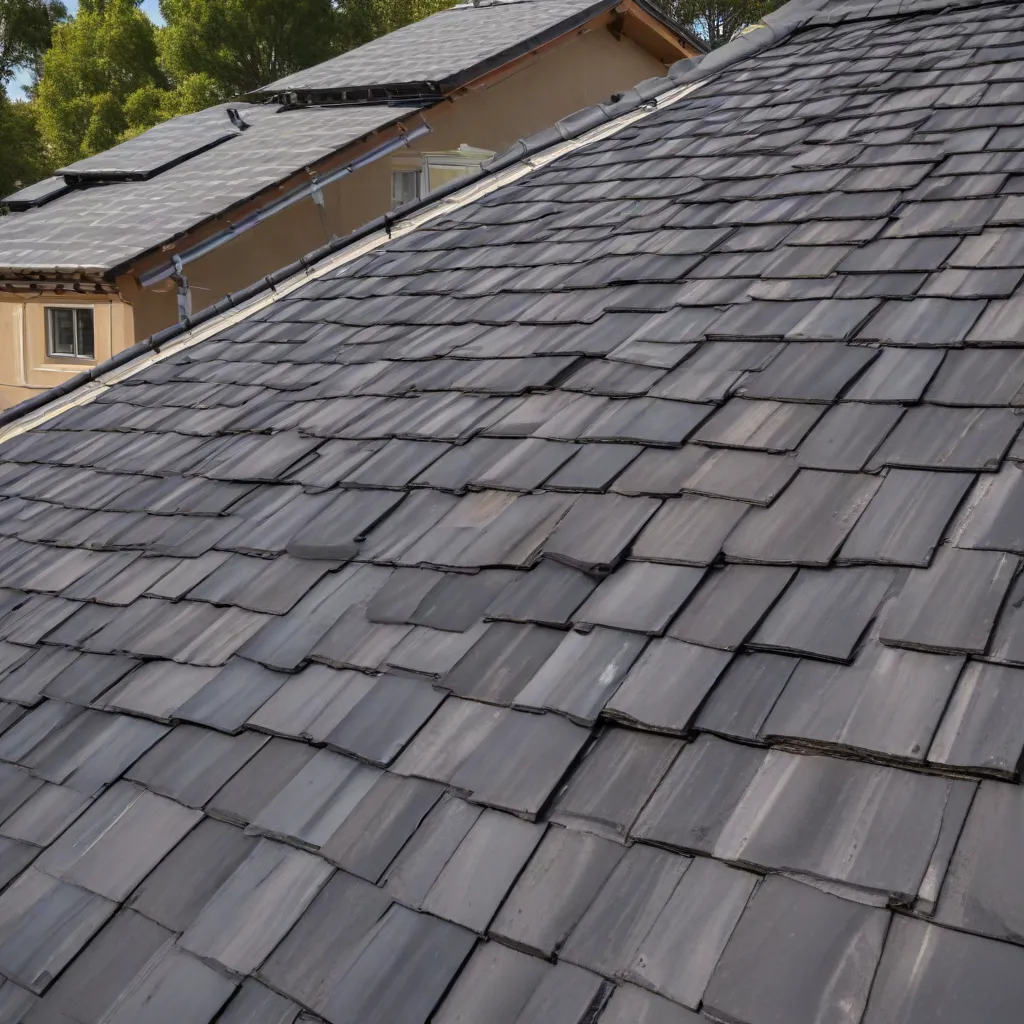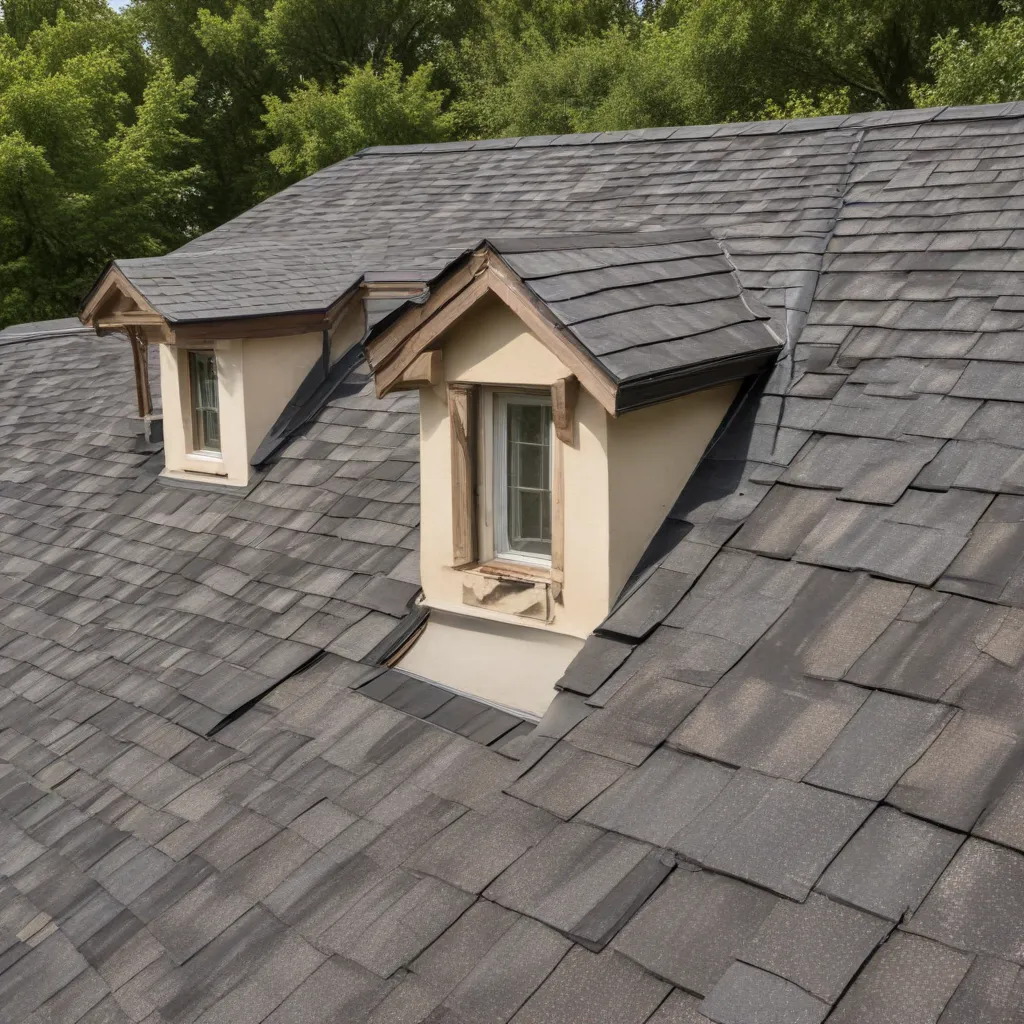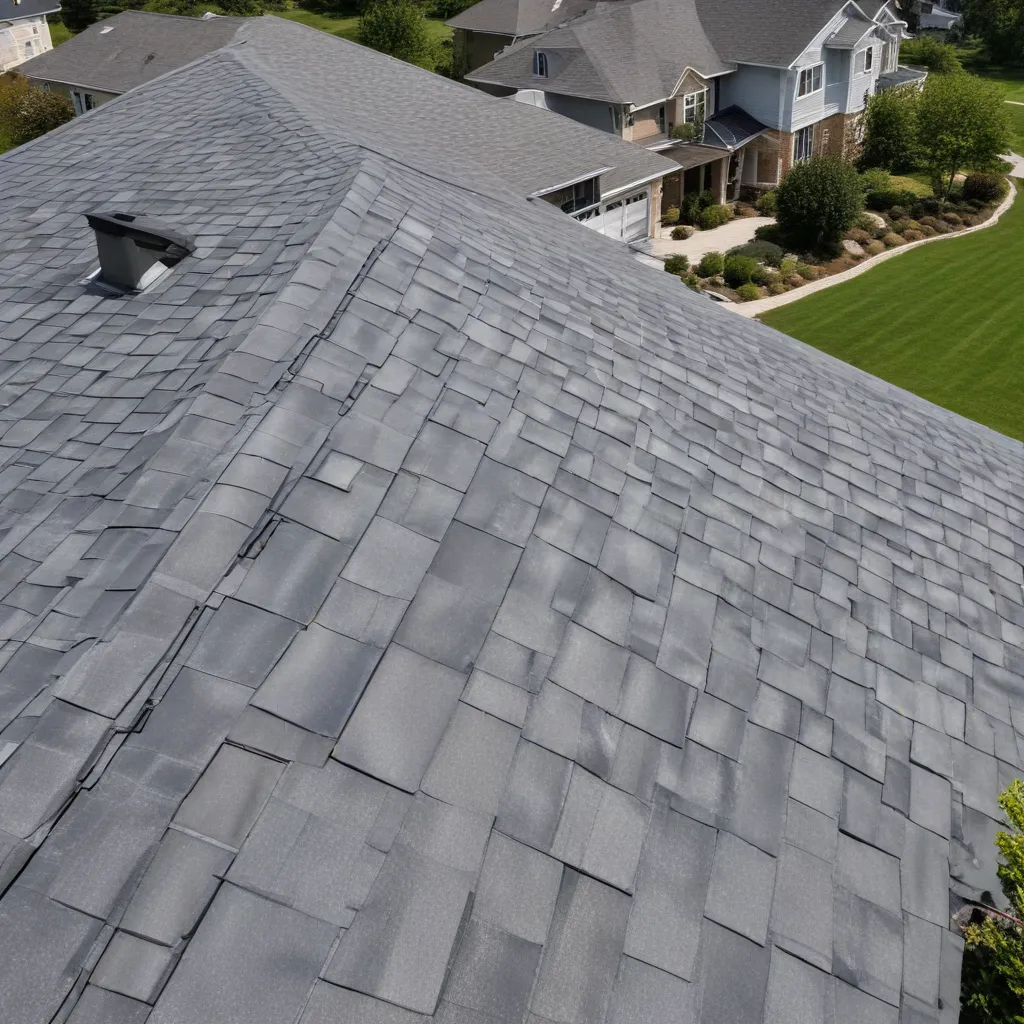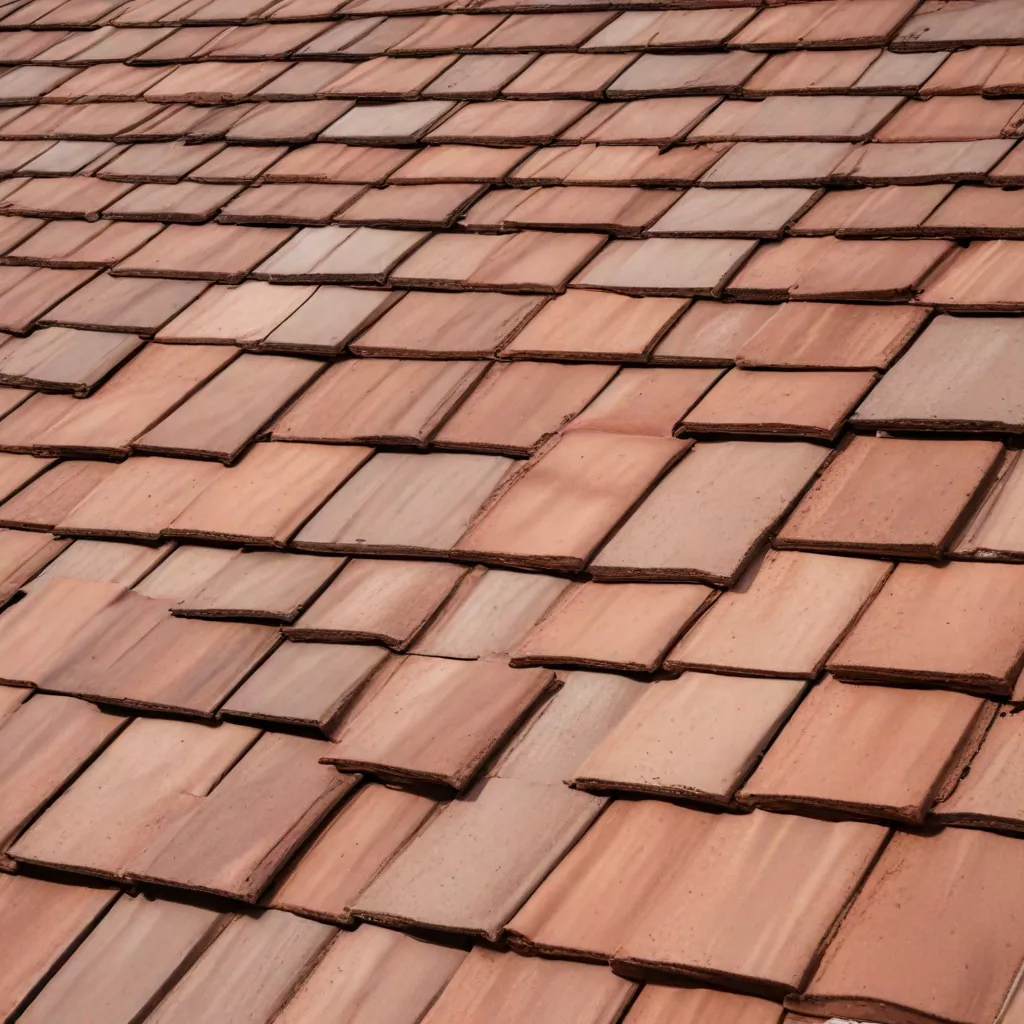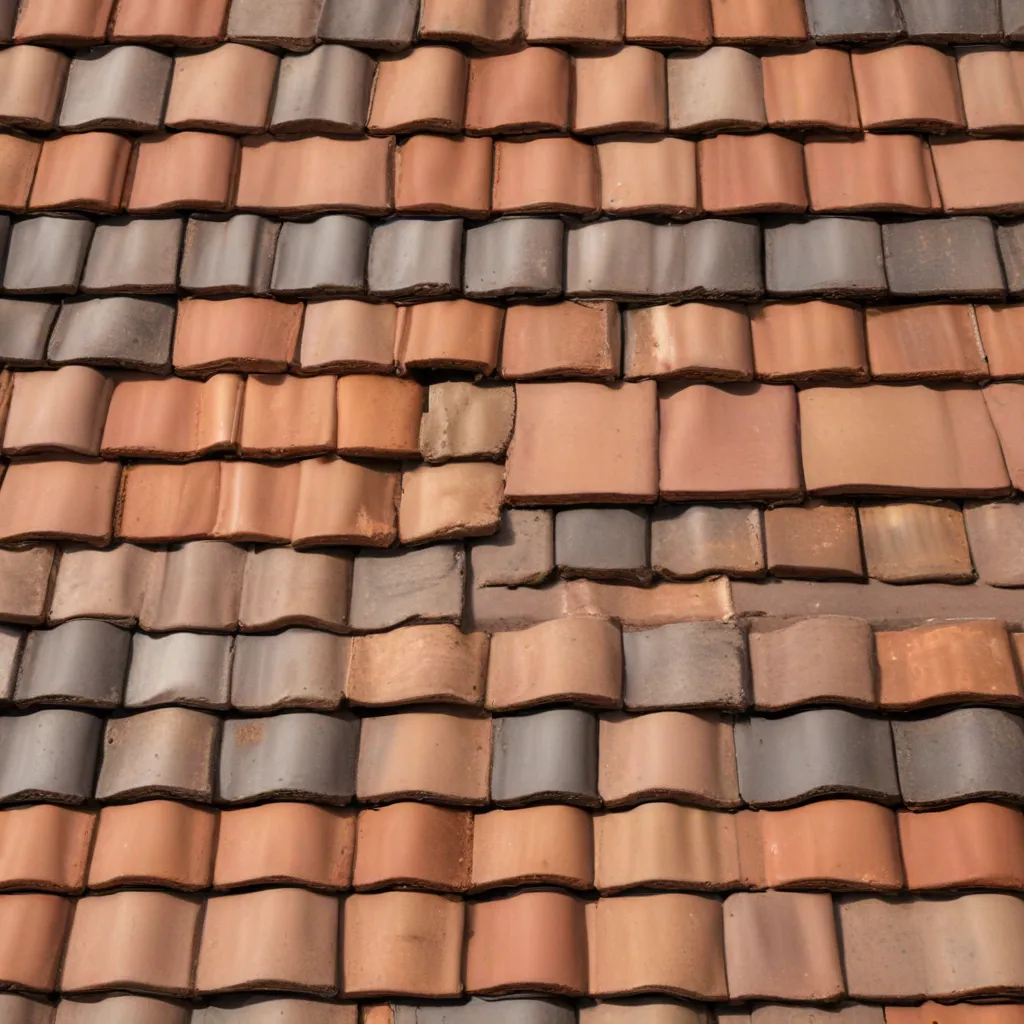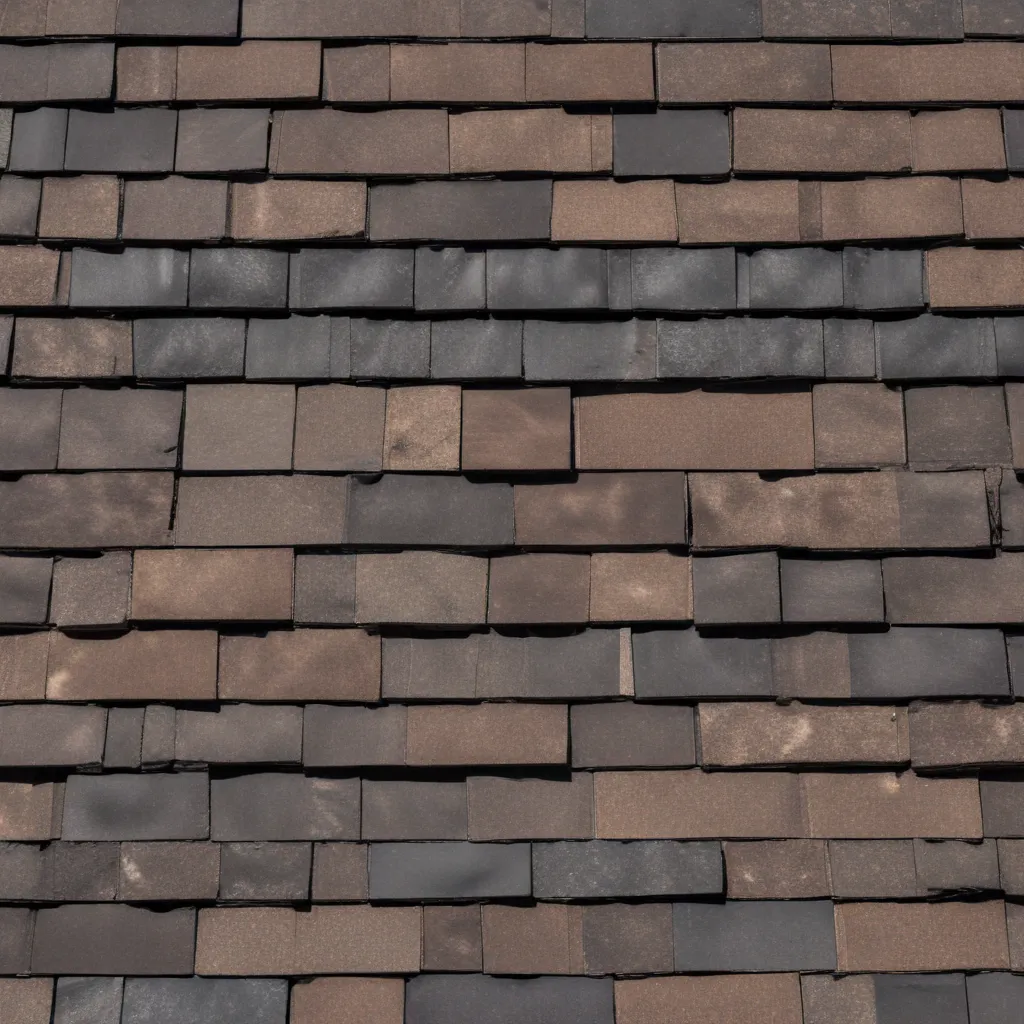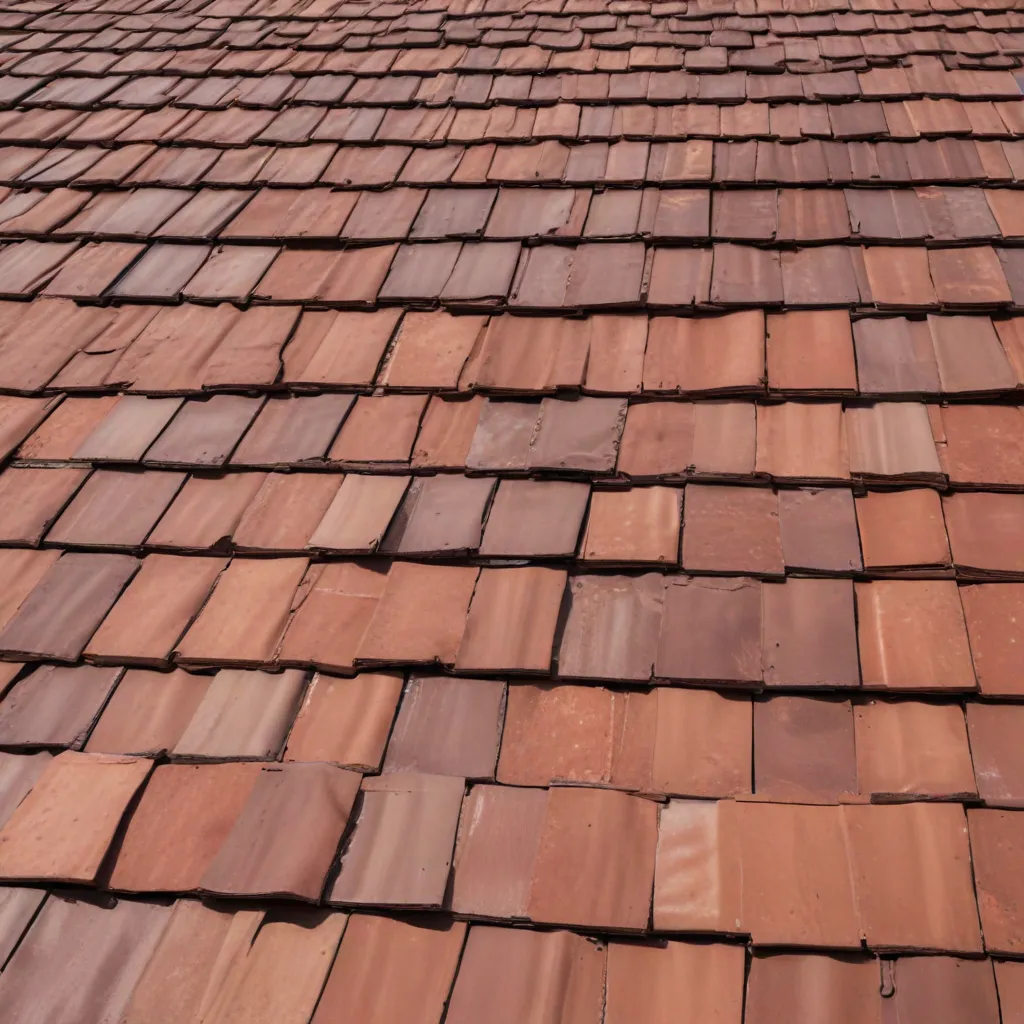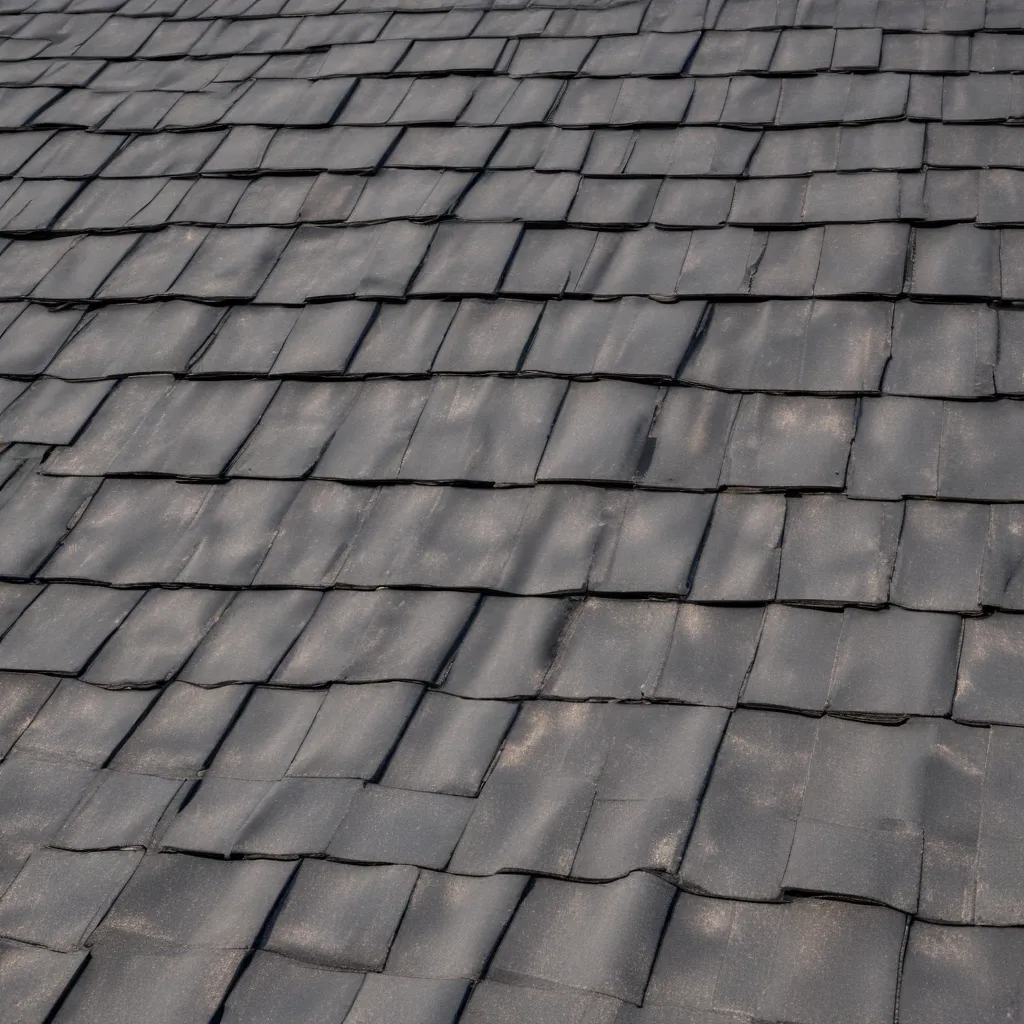
When embarking on a roof renovation project, the selection of the right underlayment is a critical decision that can significantly impact the overall performance, longevity, and aesthetic appeal of your new roofing system. As an experienced roofing specialist with Genuine Roof Systems, I’m here to guide you through the intricacies of choosing the optimal underlayment for your home or commercial building.
Underlayment is the layer of material installed directly on top of the roof deck, acting as a barrier between the roofing surface and the structural components beneath. This crucial layer plays a vital role in protecting your home from the elements, enhancing insulation, and ensuring the longevity of your investment. In this comprehensive article, we’ll explore the different types of underlayment, the key factors to consider, and the best practices for a successful installation.
Types of Roof Underlayment
When it comes to roof underlayment, there are three primary categories to consider: asphalt-based, synthetic, and rubberized. Each type offers unique advantages and is suited for specific applications, so understanding the differences is essential for making an informed decision.
Asphalt-based Underlayment
Traditionally, asphalt-based underlayment has been the most common choice for residential and commercial roofing projects. These products are composed of a woven fiberglass or polyester base, coated with a layer of asphaltic material. Asphalt-based underlayment provides excellent resistance to water and moisture, making it a reliable choice for protecting your roof deck. However, it can be susceptible to tearing and degradation over time, particularly in harsh climates or when exposed to prolonged UV radiation.
Synthetic Underlayment
In recent years, synthetic underlayment has emerged as a popular alternative to traditional asphalt-based options. These products are typically made from high-performance polypropylene or polyethylene materials, offering enhanced durability, tear resistance, and slip resistance. Synthetic underlayment is often lightweight, making it easier to handle and install, while also providing superior protection against moisture and fire. Additionally, synthetic underlayment can be more cost-effective in the long run, as it generally has a longer lifespan compared to asphalt-based options.
Rubberized Underlayment
For those seeking the ultimate in water protection, rubberized underlayment is a premium choice. These specialized products incorporate a layer of rubber-modified asphalt, providing an exceptionally robust barrier against water, ice, and snow. Rubberized underlayment is particularly useful in regions with heavy precipitation or in areas prone to ice dam formation, ensuring that your roof remains dry and protected even in the most challenging weather conditions. While typically more expensive than other options, the enhanced performance and long-term durability of rubberized underlayment may be well worth the investment.
Factors to Consider
When selecting the right underlayment for your roof renovation project, several key factors must be taken into account to ensure a successful and long-lasting installation.
Climate and Weather Conditions
The climate and weather patterns in your geographic region play a significant role in determining the most suitable underlayment. In areas with high temperatures, frequent precipitation, or heavy snowfall, a more robust and weather-resistant underlayment, such as rubberized or synthetic, may be necessary to provide the necessary protection. Conversely, in milder climates, a more cost-effective asphalt-based underlayment may suffice.
Roof Slope and Design
The slope and overall design of your roof can also influence the choice of underlayment. Steeper-sloped roofs may require a more slip-resistant synthetic or rubberized underlayment to ensure safe and secure installation, while lower-sloped or flat roofs may benefit from the added water-resistance of a rubberized product.
Durability and Longevity
When investing in a roof renovation, it’s essential to consider the long-term performance and durability of the underlayment. Synthetic and rubberized options generally offer a longer lifespan compared to traditional asphalt-based products, making them a wise choice for homeowners or building owners who prioritize the longevity of their roofing system.
Underlayment Installation
Proper installation of the underlayment is crucial for the overall performance and integrity of your roof. Regardless of the type of underlayment you choose, adherence to best practices is essential.
Proper Preparation
Before installing the underlayment, it’s vital to ensure that the roof deck is clean, dry, and free from any debris or irregularities. This preparation step helps to create a smooth, even surface for the underlayment to be applied, ensuring optimal adhesion and performance.
Layering Techniques
The underlayment should be installed in a layered fashion, with each course overlapping the previous one by a predetermined amount, typically between 2 and 6 inches. This overlapping technique helps to create a continuous, water-resistant barrier, preventing the infiltration of moisture and enhancing the overall protection of your roof.
Ensuring Compatibility
It’s essential to verify the compatibility of the underlayment with the specific roofing materials and application methods being used. Consult with the manufacturers of both the underlayment and the roofing system to ensure that the products are designed to work together seamlessly, maximizing the performance and longevity of your roof.
Performance and Warranty
The performance and warranty coverage of the underlayment you select can have a significant impact on the long-term protection and value of your roof renovation project.
Moisture Protection
One of the primary functions of the underlayment is to provide a reliable barrier against water and moisture intrusion. Synthetic and rubberized underlayments often offer superior moisture protection compared to their asphalt-based counterparts, ensuring that your roof remains dry and your home or building is protected from the damaging effects of water infiltration.
Thermal Insulation
Certain types of underlayment, such as some synthetic and rubberized options, can also contribute to the overall thermal efficiency of your roofing system. By enhancing insulation and reducing heat transfer, these underlayments can help improve the energy performance of your building, potentially leading to long-term cost savings on heating and cooling expenses.
Manufacturer Guarantees
When selecting an underlayment, be sure to carefully review the manufacturer’s warranty and guarantee. Many reputable brands offer comprehensive coverage, protecting against defects, weathering, and even premature aging. These warranties can provide added peace of mind and assurance that your investment in a quality underlayment will be protected for years to come.
By thoroughly understanding the different types of underlayment, the key factors to consider, and the best practices for installation, you can make an informed decision that will ensure the long-term performance and protection of your comprehensive roof renovation project. At Genuine Roof Systems, we are committed to providing our customers with the highest-quality roofing solutions and the expert guidance necessary to achieve their desired outcomes. Contact us today to learn more about our range of underlayment options and how we can assist you in selecting the perfect fit for your building.

